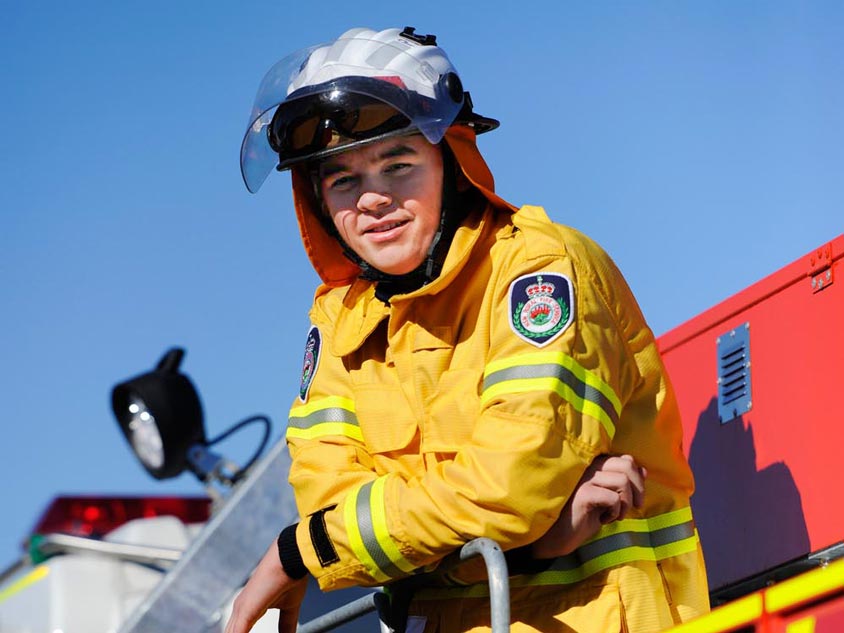Firefighters are 45% more likely to get melanoma than the general population. And, this cancer strikes young

A burning issue
Over 15,000 Australians were diagnosed with a melanoma skin cancer in 2019.
We have the highest rates of melanoma in the world.
Emergency service workers, such as lifeguards, are at higher risk of getting melanoma, due to the length of time spent outdoors during Summer.
But it’s not just lifesavers who are exposed to UV radiation.
Police officers stand in the sun for hours, directing traffic, managing big crowds, and protecting communities – often without sunscreen or appropriate cover.
As we know from the recent bushfires, firefighters spend hours putting out blazes, often in the sun.
A study by Monash University found the rate of melanomas in male firefighters was 45% higher than the general population.
The numbers are mirrored on a global level.
In a 2017 study of 2,400 firefighters in South Florida, about 0.7 percent were diagnosed with melanoma and 3.5 percent had non-melanoma skin cancers — higher rates than those among the general population of Florida.
Firefighters were also found to be diagnosed with melanoma at younger ages — an average of 42 compared with 64 for the U.S. population.
There’s also the chemicals from the combustion of materials from flame retardants used to contain fires.
Outdoor workers experience five to 10 times more UV radiation
As a firefighter or other emergency services worker, you’re bound to wearing a uniform.
A broad-brimmed hat provides more protection than a police cap, but this isn’t the reality.
Nor can emergency workers avoid the sun in the middle of the day, between 10.00am – 4.00pm.
If there’s a fire, a 000 call-out or an incident, that’s what takes priority. It’s the nature of the work that’s unavoidable.
The levels of UV radiation inside a car vary, depending on the orientation of the sun.
For police officers who are on traffic control, they can sit in the sun for hours on end.
Plain window glass used in car side windows is usually about a UPF 12, which is only a moderate level of protection.
The officers sitting inside can still receive significant exposure to UV radiation.
How to protect
The Cancer Council advises that people who spend long periods of time sitting in a vehicle to use sun protection.
On this point, it’s important to highlight the ‘she’ll be right’ approach that plagues emergency services.
With male-dominant departments and a ‘tough’ mentality, sun protection falls to the bottom of the list.
By being in this line of work, you’re at a greater risk of melanoma.
Having a weaker immune system also increases the risk of this cancer (and others).
With the loads of shift work, poor nutrition, lack of sleep and increased stress, the immune system becomes compromised.
These are all common issues for emergency workers, given the nature of the job.
There are great resources online that can help determine your likelihood of developing a melanoma.
The Medical Research Institute Melanoma Risk Predictor is one example.
While you should get into the habit of self-checking, this will only take you so far.